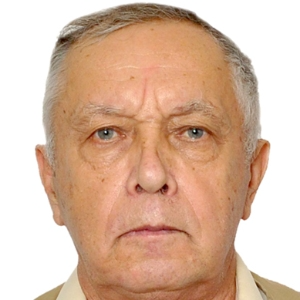Title : Advances in FTIR spectroscopy of catalysts
Abstract:
Advances in the application of vibrational spectroscopy to the studies of catalysts and difficulties of the method are discussed. IR spectra provide information on the nature of active sites, their strength and concentration. At low-temperatures it is possible to see the spectra of simple test molecules that do not adsorb at room temperature and characterize surface OH-groups, electron-accepting or electron-donating sites. Variable temperature spectroscopy enables us to study thermodynamics of surface processes and get information about the mechanisms of catalytic reactions. Quantum chemical calculations and electrostatic approach predict the correlation between the frequency shifts on adsorption and absorption coefficients, in agreement with experiment. Some unstable adsorption products arise at the surface as a result of thermal excitation. So, besides usual C-bonded structure CO forms with the cations in zeolites energetically less favorable O-bonded species. Such linkage isomerism was established for some other adsorbed species. FTIR spectra are sensitive to lateral interactions between the adsorbed species, which shift the bands of test molecules or complicate their contours. These data provide additional information on the geometry of surfaces. Co-adsorption of acidic and basic molecules leads to mutual enhancement of adsorption. Acidity of surface sites can be increased by adsorbed acidic molecules, this explains the superacidity of oxides doped with SO42-. Quantum mechanical calculations support the dependence of Lewis acidity of cations on the charge and size of surrounding anions and elucidate high acidity of cations in zeolites. By means of isotopic dilution the static interaction can be distinguished from the dynamic one. The latter accounts for the vibrational energy exchange in the adsorbed layer. Splitting of absorption bands in the spectra of isotopically mixed compounds provide information on the structure and symmetry of surface species. Resonance vibrational excitation of certain isotopologues of adsorbed molecules can initiate their desorption or reactions, however isotopic selectivity, as a rule, is very poor because of quick energy exchange in the adsorbed layer.
Audience Takeaway Notes:
- Other faculty could use this research to expand their research or teaching.
- This research could provide a practical solution to a problem of isotope separation.
- The results on linkage isomerism could assist in the creation of new media for information storage.



